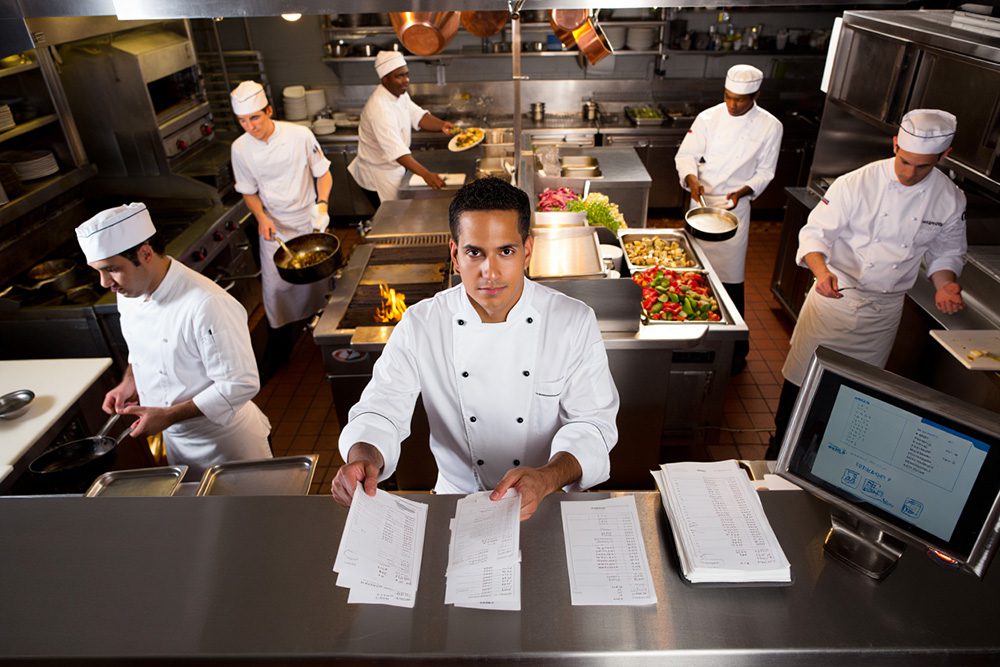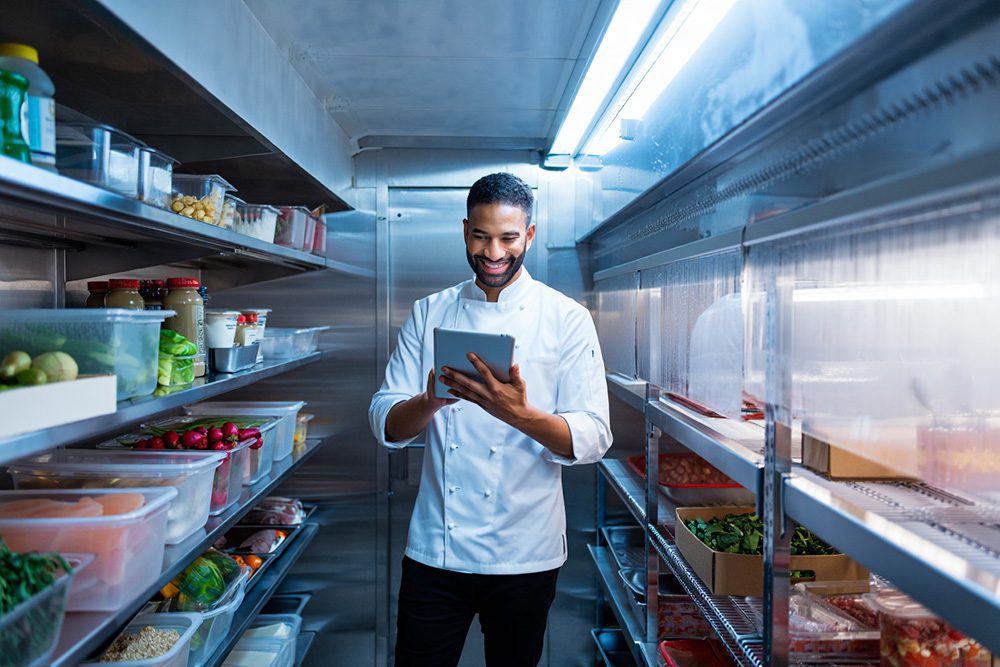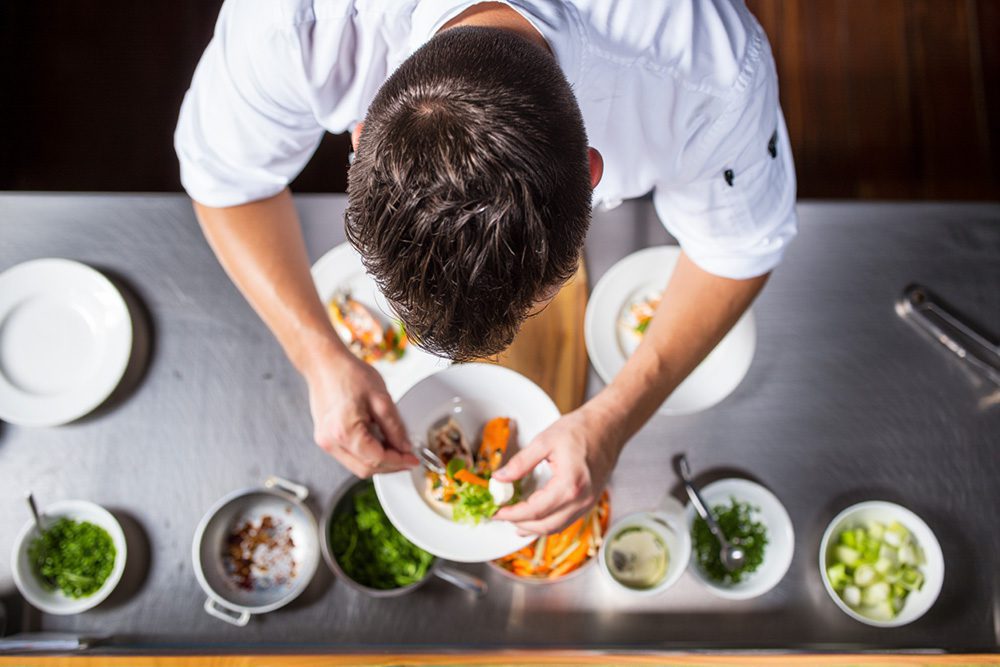Choose the right food service management software to boost profits in 2026
Complete Guide to Choosing Restaurant Management Software That Actually Increases Profits
Your restaurant’s success depends on more than just great food and excellent service. In today’s competitive dining landscape, the right restaurant management software can be the difference between struggling to break even and building a thriving, profitable business.
If you’re overwhelmed by the countless software options available, you’re not alone. This comprehensive guide will help you understand what our food service & restaurant management software can do for your business and how to choose the system that will actually increase your profits.
Understanding the True Cost of Poor Restaurant Management
Before diving into software features, let’s examine what inadequate management systems cost your restaurant:
Food Waste: Without proper inventory tracking, the average restaurant wastes 20-25% of its food inventory. For a restaurant spending $20,000 monthly on ingredients, that’s $4,000-$5,000 lost to waste.
Labor Inefficiency: Manual processes for scheduling, payroll, and inventory management can consume 10-15 hours per week of management time that could be spent on revenue-generating activities.
Pricing Mistakes: Without accurate cost tracking, many restaurants price menu items based on guesswork, often underpricing profitable dishes or overpricing items that could drive volume.
TVI Core Features That Drive Restaurant Profitability
Integrated Point of Sale (POS) System
Your POS system is the heart of your restaurant operations. Look for these profit-driving features:
Table Management: Efficiently manage reservations, track table turnover times, and optimize seating arrangements to maximize revenue per hour.
Menu Engineering: Track the popularity and profitability of each menu item to identify winners and losers.
Multiple Payment Options: Accept all payment types seamlessly, including mobile payments and contactless options that customers expect in 2026.
Real-Time Inventory Management
Effective inventory management directly impacts your food costs and profitability:
Recipe Costing: Automatically calculate the true cost of each menu item based on current ingredient prices, helping you maintain target food cost percentages.
Automatic Inventory Deduction: Every sale automatically adjusts ingredient inventory levels, providing accurate real-time stock information.
Vendor Management: Track pricing from multiple suppliers to ensure you’re getting the best deals on ingredients.
Comprehensive Staff Management
Labor costs typically represent 25-35% of restaurant revenue, making efficient staff management crucial:
Scheduling Optimization: Create schedules based on historical sales data to avoid overstaffing during slow periods or understaffing during rushes.
Time Tracking: Accurately track employee hours and automatically calculate overtime to control labor costs.
Performance Analytics: Identify your most efficient servers and kitchen staff to inform training and retention strategies.
TVI Financial Management Features That Matter
Integrated Accounting
Restaurant management software should seamlessly connect with your financial systems:
Daily Sales Reporting: Automatic generation of daily, weekly, and monthly sales reports that provide insights into trends and performance.
Cost of Goods Sold (COGS) Tracking: Real-time calculation of food costs as a percentage of sales, helping you maintain profitability targets.
Tax Preparation: Organized financial data that simplifies tax preparation and ensures compliance with local regulations.
Advanced Analytics and Reporting
Data-driven decisions lead to increased profitability:
Customer Analytics: Understand customer preferences, visit frequency, and average order values to create targeted marketing campaigns.
Peak Hour Analysis: Identify your busiest times to optimize staffing and menu offerings.
Profit Margin Analysis: See which menu items, meal periods, or customer segments generate the highest profits.
Implementation Strategies for Maximum ROI
Start with basic POS functionality and menu setup. Ensure your staff can process orders efficiently before adding complex features.
Add inventory management features and begin tracking ingredient costs. This is where you’ll start seeing immediate cost savings.
Implement scheduling, advanced reporting, and customer management features once your team is comfortable with the core system.
Measuring Success: Key Performance Indicators
Track these metrics to measure our restaurant management software’s impact on profitability:
Food Cost Percentage: Target 28-32% for most restaurant types. Your software should help you track this daily.
Labor Cost Percentage: Aim for 25-30% of total sales, depending on your service style and local wage rates.
Table Turnover Rate: Faster table turns directly increase revenue. Track average meal duration and work to optimize without compromising service quality.
Average Check Size: Monitor trends in customer spending to identify opportunities for upselling or menu optimization.
Future-Proofing Your Investment
Choose TVI’s restaurant management software that grows with your business:
Multi-Location Support: Even if you currently have one location, our system can handle future expansion seamlessly.
API Integration: Your software should connect with new technologies as they emerge.
Regular Updates: Even though TVI is one of the most robust and advanced packages available on the market, we are committed to ongoing development and improvements.
The Bottom Line Impact
- ✓ 5-10% reduction in food costs through better inventory management
- ✓ 10-15% improvement in labor efficiency
- ✓ 15-20% increase in table turnover rates
- ✓ 8-12% growth in average check size through better upselling
The right restaurant management software isn’t an expense—it’s an investment that pays dividends through improved efficiency, reduced waste, and increased profitability. Take the time to evaluate your options carefully, and choose the system that aligns with your business goals and growth plans.
Your customers will notice the improved service, your staff will appreciate the streamlined operations, and your accountant will love the increased profitability that comes from making real-time data driven decisions.

Choose the right food service management software to boost profits in 2026
Complete Guide to Choosing Restaurant Management Software That Actually Increases Profits
Your restaurant’s success depends on more than just great food and excellent service. In today’s competitive dining landscape, the right restaurant management software can be the difference between struggling to break even and building a thriving, profitable business.
If you’re overwhelmed by the countless software options available, you’re not alone. This comprehensive guide will help you understand what our food service & restaurant management software can do for your business and how to choose the system that will actually increase your profits.
Understanding the True Cost of Poor Restaurant Management
Before diving into software features, let’s examine what inadequate management systems cost your restaurant:
Food Waste: Without proper inventory tracking, the average restaurant wastes 20-25% of its food inventory. For a restaurant spending $20,000 monthly on ingredients, that’s $4,000-$5,000 lost to waste.
Labor Inefficiency: Manual processes for scheduling, payroll, and inventory management can consume 10-15 hours per week of management time that could be spent on revenue-generating activities.
Pricing Mistakes: Without accurate cost tracking, many restaurants price menu items based on guesswork, often underpricing profitable dishes or overpricing items that could drive volume.
TVI Core Features That Drive Restaurant Profitability
Integrated Point of Sale (POS) System
Your POS system is the heart of your restaurant operations. Look for these profit-driving features:
Table Management: Efficiently manage reservations, track table turnover times, and optimize seating arrangements to maximize revenue per hour.
Menu Engineering: Track the popularity and profitability of each menu item to identify winners and losers.
Multiple Payment Options: Accept all payment types seamlessly, including mobile payments and contactless options that customers expect in 2026.
Real-Time Inventory Management
Effective inventory management directly impacts your food costs and profitability:
Recipe Costing: Automatically calculate the true cost of each menu item based on current ingredient prices, helping you maintain target food cost percentages.
Automatic Inventory Deduction: Every sale automatically adjusts ingredient inventory levels, providing accurate real-time stock information.
Vendor Management: Track pricing from multiple suppliers to ensure you’re getting the best deals on ingredients.
Comprehensive Staff Management
Labor costs typically represent 25-35% of restaurant revenue, making efficient staff management crucial:
Scheduling Optimization: Create schedules based on historical sales data to avoid overstaffing during slow periods or understaffing during rushes.
Time Tracking: Accurately track employee hours and automatically calculate overtime to control labor costs.
Performance Analytics: Identify your most efficient servers and kitchen staff to inform training and retention strategies.
TVI Financial Management Features That Matter
Integrated Accounting
Restaurant management software should seamlessly connect with your financial systems:
Daily Sales Reporting: Automatic generation of daily, weekly, and monthly sales reports that provide insights into trends and performance.
Cost of Goods Sold (COGS) Tracking: Real-time calculation of food costs as a percentage of sales, helping you maintain profitability targets.
Tax Preparation: Organized financial data that simplifies tax preparation and ensures compliance with local regulations.
Advanced Analytics and Reporting
Data-driven decisions lead to increased profitability:
Customer Analytics: Understand customer preferences, visit frequency, and average order values to create targeted marketing campaigns.
Peak Hour Analysis: Identify your busiest times to optimize staffing and menu offerings.
Profit Margin Analysis: See which menu items, meal periods, or customer segments generate the highest profits.
Implementation Strategies for Maximum ROI
Start with basic POS functionality and menu setup. Ensure your staff can process orders efficiently before adding complex features.
Add inventory management features and begin tracking ingredient costs. This is where you’ll start seeing immediate cost savings.
Implement scheduling, advanced reporting, and customer management features once your team is comfortable with the core system.
Measuring Success: Key Performance Indicators
Track these metrics to measure our restaurant management software’s impact on profitability:
Food Cost Percentage: Target 28-32% for most restaurant types. Your software should help you track this daily.
Labor Cost Percentage: Aim for 25-30% of total sales, depending on your service style and local wage rates.
Table Turnover Rate: Faster table turns directly increase revenue. Track average meal duration and work to optimize without compromising service quality.
Average Check Size: Monitor trends in customer spending to identify opportunities for upselling or menu optimization.
Future-Proofing Your Investment
Choose TVI’s restaurant management software that grows with your business:
Multi-Location Support: Even if you currently have one location, our system can handle future expansion seamlessly.
API Integration: Your software should connect with new technologies as they emerge.
Regular Updates: Even though TVI is one of the most robust and advanced packages available on the market, we are committed to ongoing development and improvements.
The Bottom Line Impact
- ✓ 5-10% reduction in food costs through better inventory management
- ✓ 10-15% improvement in labor efficiency
- ✓ 15-20% increase in table turnover rates
- ✓ 8-12% growth in average check size through better upselling
The right restaurant management software isn’t an expense—it’s an investment that pays dividends through improved efficiency, reduced waste, and increased profitability. Take the time to evaluate your options carefully, and choose the system that aligns with your business goals and growth plans.
Your customers will notice the improved service, your staff will appreciate the streamlined operations, and your accountant will love the increased profitability that comes from making real-time data driven decisions.



